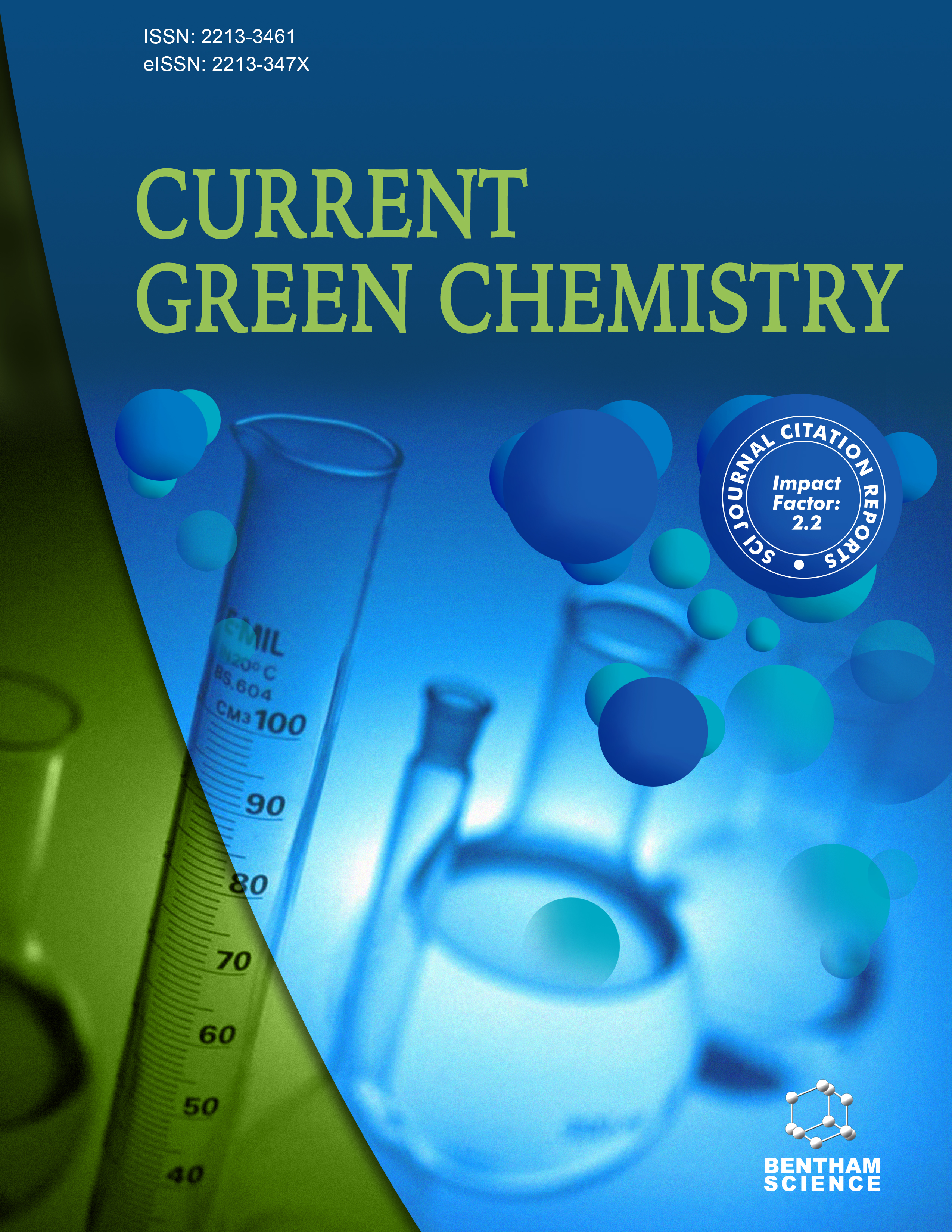
Full text loading...
Biochar application and research have experienced a significant increase in recent decades. It can produce different kinds of organic materials, and it can be employed for different purposes, such as soil conditioning, carbon sequestration and filtration of pollutants from gas and aqueous media. Biochar is a C-rich material, which can be obtained from different types of organic feedstock, such as animal manure, sewage sludge, wood and crop residues and other organic waste. It is also considered an environmentally friendly and resource-saving approach in medicinal and aromatic plants production. Biochar can lead to plant growth improvement and influence on chemical components of medicinal plants, stimulate the growth of soil microflora, increase soil carbon-sequestration, bioremediation of soil, regulate carbon fluxes between atmosphere and biosphere, reduce biotic stress in plants, improve soil nutrient availability, decrease abiotic stress in plants, wastewater treatment, immobilization and sorption of soil heavy metal contaminants.
Relevant literature has been obtained using the keywords “biochar”, “organic amendment”, “soil quality”, “medicinal Plants”, “natural products”, “soil quality”, “macronutrient”, and “chemical components” in scientific databases, such as “PubMed”, “SciFinder”, “Elsevier”, and “Web of Science”.
The aim of this literature review is to study the impact of different kinds of biochars on medicinal and aromatic plants, soil quality and soil fertility by considering case studies of successful paradigms.
Conclusively, we consider our review article will provide an appropriate guide for practitioners and researchers for future studies as well as large-scale field applications.

Article metrics loading...

Full text loading...
References


Data & Media loading...
Supplements

